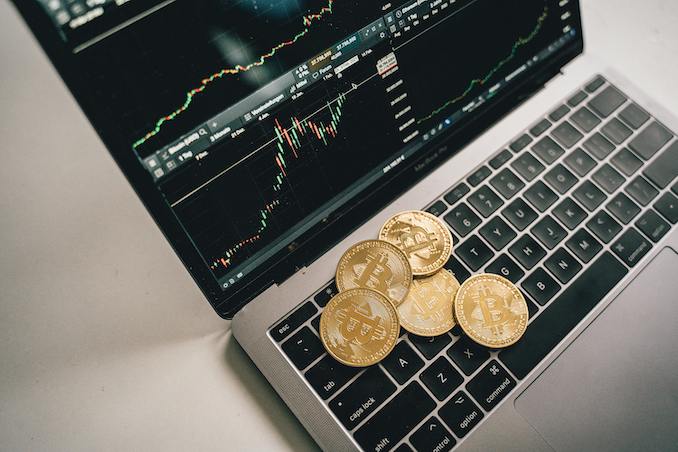Navigating the Double Threat: Cybersecurity and Misinformation Risks on Social Media
Image credits: Pexels
In the late ‘90s, as computers and the internet began to enter suburban homes across the country, many were wary of the expansion’s implications. However, the technology’s usefulness and applicability ultimately won over even the most ardent skeptics. Widespread access to the internet brought with it the potential for unprecedented international communication. While this began in the form of chat rooms and message boards, it quickly evolved into early social media sites, such as Friendster and MySpace.
In the years since then, the internet and social media sites have become intertwined with nearly every aspect of modern-day life. While computers have largely been replaced with mobile devices and proto-social media platforms have been traded out for more current ones such as Facebook, Instagram, and TikTok, the popularity and usage of these devices and sites have exploded over the past decade. As a result, these platforms are now key sources of news, communication, and commerce for most of the population.
A growing intersection of cybersecurity risks and misinformation campaigns has become pressing as a direct result of people’s reliance upon these sites. While you may only be using your mobile device to check a specific thing, such as the Solana price, your mobile device and these platforms are also watching you, which is the danger that such advanced technology brings.
Cybersecurity Risks on Social Media
One of the largest cybersecurity risks regarding social media is account hijacking or identity theft. For many people, social media is how they present themselves to the world and their peers, so for someone to take over their profile and post erroneous information can feel outright invasive.
Malicious hackers can accomplish such feats in numerous ways, from phishing scams through direct messages and fake profiles to malware distribution via links and downloads. Another common tactic is for the individual in question to pose as a verified business contacting you about a position, which has made the online job market so volatile in the last few years. These social engineering attacks can exploit your personal data and leave you reeling from their effects for months, if not years, to come.
The Rise of Misinformation on Social Media
Alongside cybersecurity risks, the other increasingly hazardous element of social media is how misinformation can spread so quickly. When social media sites eclipsed traditional news outlets such as newspapers or network television stations, it set up an environment in which most people get their news second-hand. Many people no longer first find out about a breaking news story from an authentic news source, but rather from an online connection posting their own response to this breaking news. In this way, the reader’s perception of the events is immediately biased, as they are far more inclined to agree with and be receptive to the first response to the story they see. This initial moment is the lens through which the reader will perceive the news story from there forward, which can be incredibly dangerous if that first response is objectively false.
Like a bad game of telephone or an echo chamber, this can spread fake news and conspiracy theories at unprecedented speeds. In recent years, using bots and AI to amplify misinformation has only exacerbated these issues. Deepfakes and manipulated media have also become increasingly common tools in such disingenuous misinformation campaigns, further distorting the truth for many casual consumers.







































